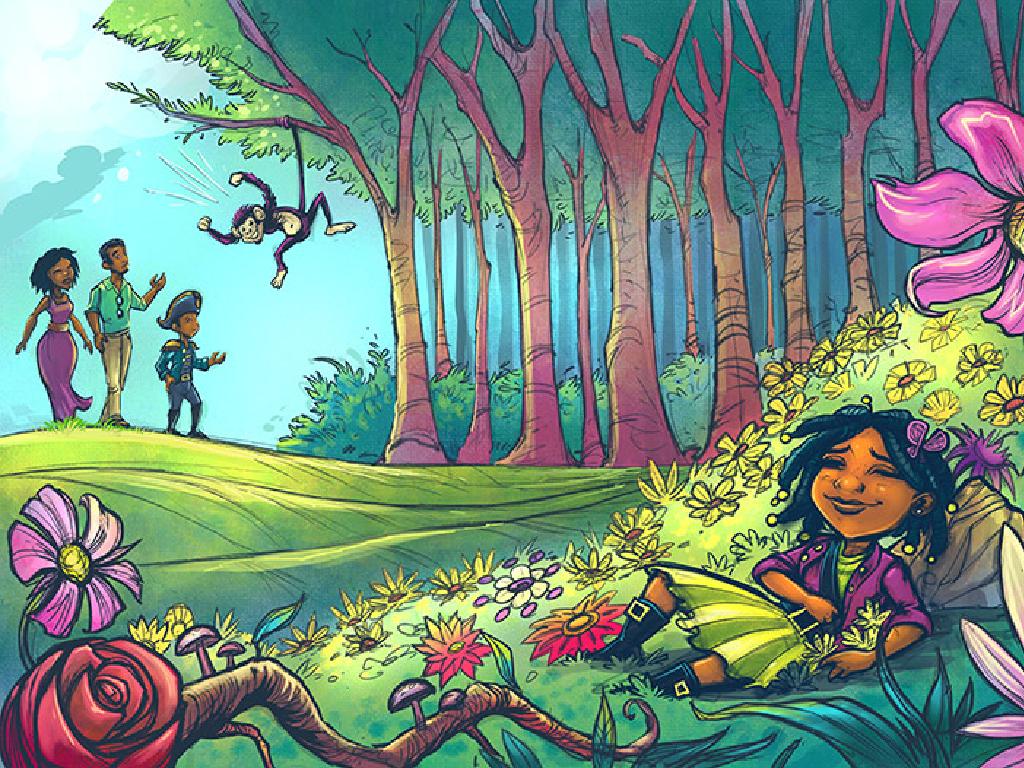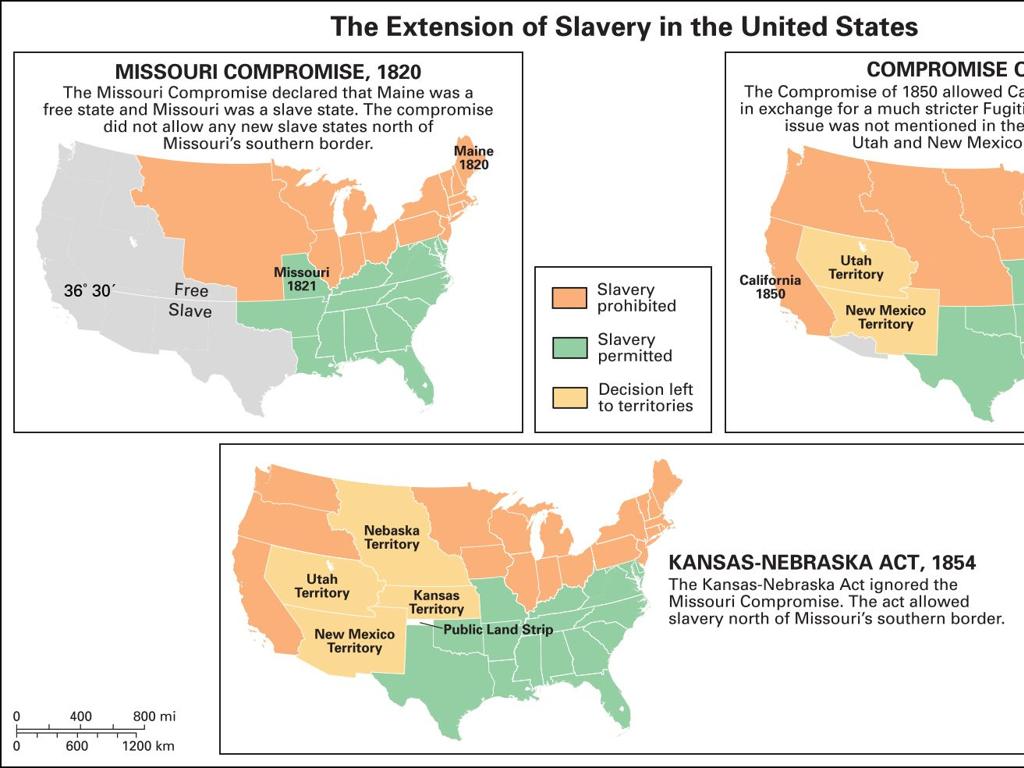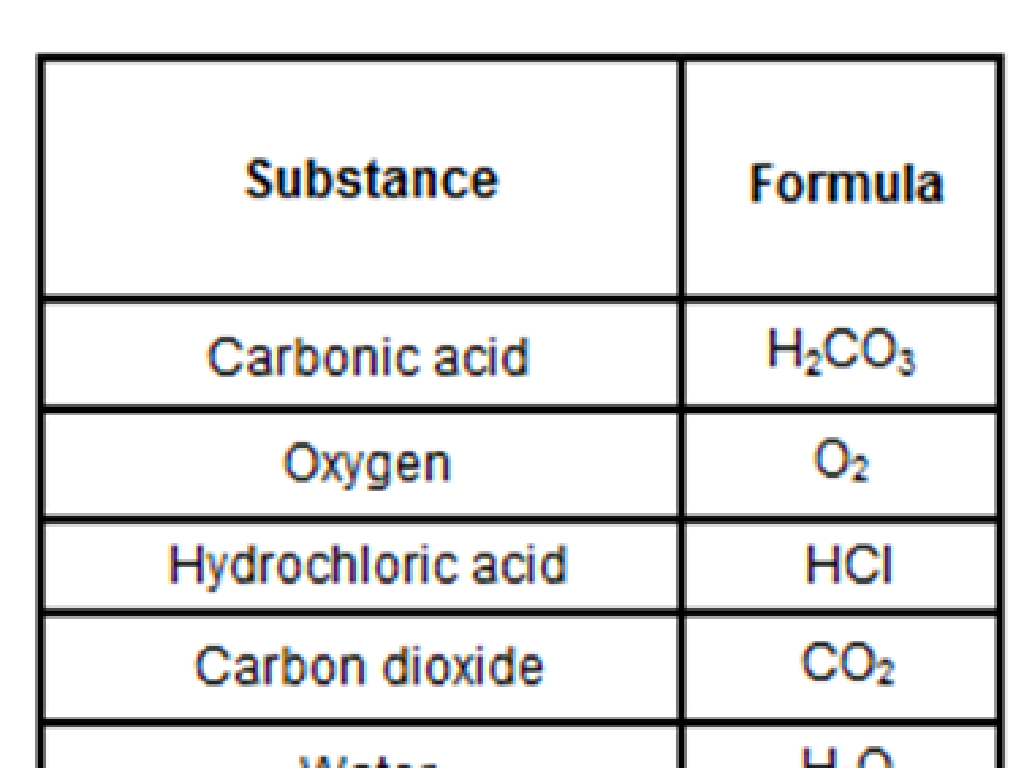Genetics Vocabulary: Genotype And Phenotype
Subject: Science
Grade: Seventh grade
Topic: Genes To Traits
Please LOG IN to download the presentation. Access is available to registered users only.
View More Content
Genetics: Genotype vs. Phenotype
– Genetics: Our biological blueprint
– Genes: Units of heredity
– Segments of DNA that determine traits
– Genotype: Genetic makeup
– The alleles inherited from parents (e.g., Bb, BB, bb)
– Phenotype: Observable traits
– Physical expression of genotype (e.g., brown eyes, blue eyes)
|
This slide introduces the fundamental concepts of genetics, focusing on the terms genotype and phenotype. Genetics is the study of heredity and variation in organisms, essentially acting as the blueprint for an organism’s traits. Genes, which are made up of DNA, are the specific units of heredity that determine the characteristics of an organism. The genotype refers to the genetic makeup of an individual, the combination of alleles inherited from both parents. Phenotype is the physical expression or characteristics of that genotype, which can be influenced by the environment. For example, a child’s genotype for eye color may be Bb (one allele for brown eyes and one for blue), but the phenotype is the actual eye color seen, such as brown. Encourage students to think about their own traits and consider the genotypes that might be responsible for them.
Exploring Genotypes in Genetics
– Define genotype
– Genotype is the set of genes in our DNA responsible for a particular trait.
– Genotype: genetic blueprint
– It’s the genetic code inherited from parents that determines traits.
– Genotype examples in nature
– Pea plants: TT, Tt, tt where ‘T’ is tall and ‘t’ is short.
– Genotype vs. phenotype
– Genotype is about the genes; phenotype is the observable trait.
|
This slide introduces the concept of genotype as part of the genetic vocabulary. Genotype refers to the genetic makeup of an organism, the combination of alleles inherited from both parents. It’s important for students to understand that while genotypes are the genetic instructions, they may not always be directly observable; that’s where phenotype comes in, as the physical expression of the genotype. Use examples like pea plant height, where different combinations of alleles (TT, Tt, tt) result in different genotypes. Encourage students to think about human traits, such as eye color, that are determined by genotypes. This will set the foundation for understanding how traits are passed on and expressed in living organisms.
Exploring Phenotypes in Genetics
– Define Phenotype
– Observable traits like eye color, height
– Phenotype: Physical Expression
– Genotype interaction with environment
– Environment’s Role
– Sun tanning, nutrition effects on height
– Examples of Phenotypes
|
This slide introduces the concept of phenotype as part of the genetics vocabulary. Phenotype refers to the observable characteristics or traits of an organism, such as eye color, hair color, and height, which result from the interaction of its genotype with the environment. It’s crucial to explain that while genotypes are the genetic makeup, phenotypes are how these genetic traits are expressed physically and can be influenced by environmental factors. For instance, identical twins (with the same genotype) may have different phenotypes if they are exposed to different environments. Discuss how nutrition can affect height, or how exposure to sunlight can increase freckles, illustrating the impact of the environment on phenotype. Encourage students to think of more examples and understand that phenotype is not solely determined by genes.
Genotype vs. Phenotype: Key Differences
– Genotype: Genetic blueprint
– The set of genes inherited from parents, e.g., BB, Bb, or bb for eye color
– Phenotype: Observable traits
– Physical expression of genes, like brown or blue eyes
– Genotype’s role in phenotype
– Genes (genotype) combine to produce physical features (phenotype)
– Interactive example activities
– Use Punnett squares to predict eye color from parental genes
|
This slide aims to clarify the distinction between genotype and phenotype. Genotype refers to the genetic makeup of an organism, the combination of alleles inherited from the parents. Phenotype is the physical manifestation of these genetic instructions. It’s crucial to explain how different genotypes can result in the same phenotype due to dominant and recessive alleles. Interactive examples, such as using Punnett squares to predict the probability of offspring’s eye color based on the parents’ genotypes, will help students grasp the concept. Encourage students to think of other traits, such as hair color or height, and consider how genotypes might influence these phenotypes.
Exploring Inheritance: Genotypes and Phenotypes
– Understanding genotype inheritance
– Genotype: genetic makeup of an organism; inherited from parents
– Dominant vs. recessive traits
– Dominant traits overpower recessive ones and are more likely to be expressed
– Using Punnett Squares
– A chart that shows possible gene combinations from parents
– Predicting offspring phenotypes
– Determine possible physical traits of offspring using genotypes
|
This slide aims to explain the basics of inheritance in genetics, focusing on how genotypes are passed down through generations and how they determine phenotypes. Emphasize that a genotype consists of the alleles inherited from both parents and that these can be either dominant or recessive, affecting the traits that are expressed. Introduce Punnett Squares as a tool for predicting the probability of inheriting certain traits. Provide examples of dominant and recessive traits, and work through a Punnett Square example to illustrate how to predict the phenotype of offspring based on the genotypes of the parents. Encourage students to think critically about the likelihood of different traits appearing in future generations.
Genetics in Our Daily Lives
– Genetics influence daily life
– Genetics’ impact on medicine
– Genetics help in understanding diseases, their treatment, and prevention.
– Role in agriculture
– Selective breeding in agriculture for desirable traits in crops and livestock.
– Conservation efforts
– Genetic diversity is key to species survival and ecosystems’ health.
|
This slide aims to show students the practical applications of genetics in everyday life. Genetics is not just a concept in textbooks; it’s a science that influences many aspects of our daily lives. In medicine, understanding genetics can lead to better diagnosis and personalized treatments for patients. In agriculture, farmers use genetics for selective breeding to produce crops and livestock with favorable traits, such as disease resistance or increased productivity. Conservation biology relies on genetics to maintain genetic diversity, which is crucial for the survival of species and the health of ecosystems. Encourage students to think about how the foods they eat, the pets they may have, and the environment around them are all influenced by genetics.
Class Activity: Discover Your Traits
– Identify personal genotypes & phenotypes
– Conduct a class survey on traits
– Tally traits like eye color, earlobe attachment
– Discuss trait variability
– How do traits differ and why?
– Celebrate individual uniqueness
– Each person’s genetic makeup is unique
|
This interactive class activity is designed to help students apply their knowledge of genetics to real-life observations. Students will examine their own observable traits (phenotypes) and infer possible genotypes. They will then survey the traits present in their classmates to see genetic variation in action. Facilitate a discussion on how these variations contribute to the uniqueness of each individual, emphasizing the role of both genetics (genotype) and environment in shaping who we are. Provide guidance on how to respect privacy and be sensitive to differences during the activity. Possible activities include creating a chart of dominant and recessive traits, predicting traits, and discussing how certain traits are inherited.
Genetics Recap: Genotype vs. Phenotype
– Summarize genotype and phenotype
– Genotype: genetic makeup; Phenotype: physical traits
– Genetics shapes our identity
– Understanding genetics helps us know more about health and personal traits
– Preview: Inheritance Patterns
– Next, we’ll explore how traits are passed down through generations
– Reflect on what we’ve learned
|
This slide aims to consolidate the students’ understanding of the fundamental concepts of genotype and phenotype. Genotype refers to the genetic makeup of an organism, the information encoded in the DNA. Phenotype is the observable characteristics or traits such as eye color, height, etc., which result from the interaction of the genotype with the environment. Emphasize the role genetics plays in making us who we are, affecting not just our appearance but also our susceptibility to certain diseases. Prepare students for the next lesson on genetic inheritance patterns, where they will learn how traits are inherited from parents to offspring, including dominant and recessive traits. Encourage students to think about questions or topics they found particularly interesting or challenging as a reflection exercise.






